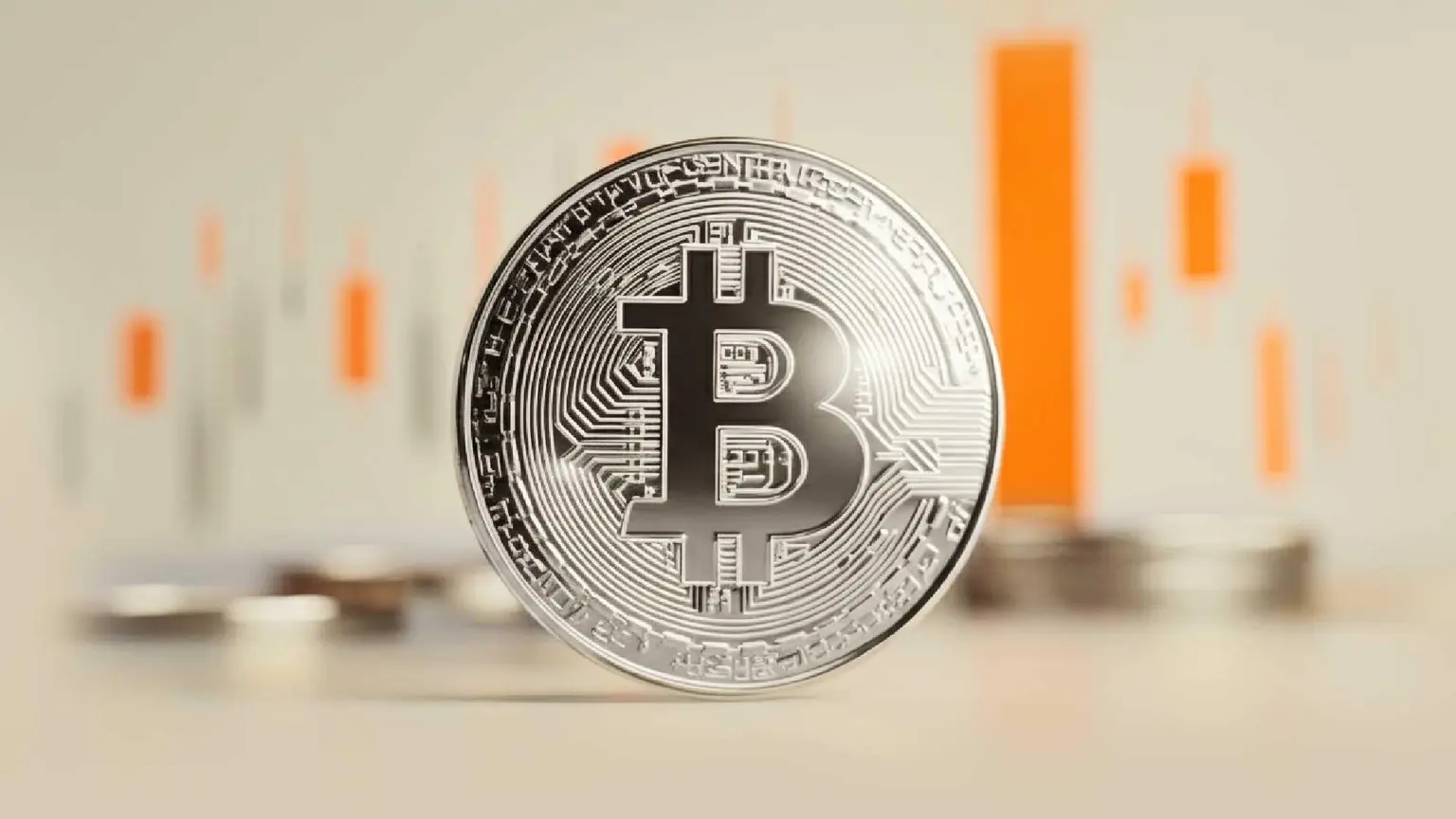FTX stole over ninety percent of customer funds, with more than $1 billion going towards buy back program
- FTX customers had deposited up to $11.4 billion but the exchange only had around $1.4 billion, financial flows analyst reveals.
- They kept far less in their bank accounts and crypto wallets than they owed.
- Meanwhile, recent revelations show SBF spent over $1 billion in customer funds for buybacks on Binance.

FTX has been a trending topic in October, amid the ongoing Sam Bankman-Fried (SBF) trial. In the latest, details about the exchange’s financials have proved rather interesting, indicating that the platform stole over 90% of its customers' funds. It comes after Nishad Singh hit some sour notes about the defendant’s extravagance.
Also Read: Nishad Singh does not remember many things, including expecting FTX to last as a business
FTX had far less in the bank and wallets than what was owed
Based on FTX financial flows analysis by Peter Easton, a University of Notre Dame professor, the exchange was borrowing from customer funds as early as January 2021. From the analysis, which involved the platform’s bank accounts and cryptocurrency wallets across BNB, BTC, ETH, LINK, LTC, MATIC, UST, USTP, and others, the analysis noted:
The amount of customer deposits held in Alameda and FTX bank accounts was far less than what was owed to FTX customers.
Reportedly, Alameda Research, the hedge fund and sister firm of FTX, used customer fiat deposits to pay for expenses, with the amount held in FTX hot and cold wallets being far less than what was owed to its customers.
Notably, as of the time of the collapse, the difference between what the exchange had and what it owed to customers was around $8.8 billion. Further, at some point in June 2022, this difference went as high as $10.3 billion. The analyst said that what should have been in the account was $11.38 billion, but the accounts only recorded $2.3 billion.
Overview of spending
The analyst revealed that the customer's money was spent on business investments, political and charity donations, and in real estate. A breakdown of the investments revealed that the marginal capital investments, constituting those happening between June and September 2022 flowed through bank accounts, with messages detailing SBF approving payments. Among the recipients include Genesis Digital Assets, K5 Global, Anthropic, Robinhood Shares, and Skybridge Capital, among others. The money moved through Alameda’s bank account coming from customer funds at FTX.
Interestingly, they created a different account through Gary Wang and SBF called Emergent Fidelity Technologies. Money from this account also ran through Alameda before shares were transferred to the makeshift company. Ryan Salame was also involved in the transfers.
A message to SBF from his mother Barbara Fried, who runs the Mine The Gap pack, read, “Since this is going to our 527, and hence is disclosed, I am assuming the shot Le Shawd would be the person to have his name on it.” SBF approved the transaction. Millions were moved in this respect, including to SBF's brother’s non-profit organization.
Up to $150 million of customer funds was moved to Alameda accounts, with $100 million from this chunk being transferred to SBF’s entity in the Bahamas called FTX Digital Markets. Notably, SBF himself indicated that the account should never hold customer money. The funds were then channeled into purchasing real estate.
In a pie chart representing the $11.38 million owed to customers, the analyst showed that the amount the exchange had on hand to give back to customers was a meager $2.3 billion. $1.2 billion went to Genesis, while K5 got $600 million and $500 million to Anthropic, among others.
Among the slices in the pie chart, listed “outflows for insiders,” represented money paid to the inner circle, expenses, equipment salaries, and rentals.
Analysis of actual crypto
According to the analyst, when customers deposited funds to their wallets, it would be pulled to the “FTX sweep wallet,” As of October 2022, the difference between what the exchange owed customers and what they actually had was $10.3 billion, although the account ought to have had $11.4 billion but they only had $1.1 billion.
An analysis of the “allow negative” accounts on FTX showed just how in the red these accounts actually stood. Around $1.2 billion was spent on Binance buyback, purchasing their equity back. It was also spent to repay lenders. According to Shin, “around 60% of payments to lenders came from customer funds.”
In closing, the analyst refuted the notion that Alameda went negative for any kind of borrowing for spot margin, showing that the amount that they would have needed for spot margin was a lot less than what they actually took out
Author

Lockridge Okoth
FXStreet
Lockridge is a believer in the transformative power of crypto and the blockchain industry.




